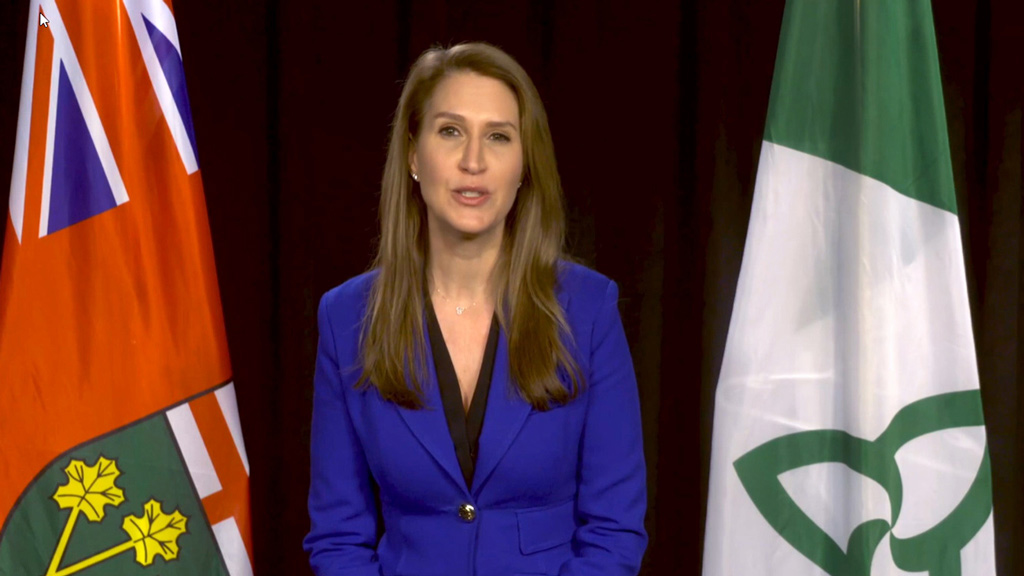Plans to grow and improve the transportation network across Ontario will not be slowed by the COVID-19 pandemic, Minister of Transportation Caroline Mulroney told attendees in her address during the Ontario Good Roads Association conference Feb. 22.
“Over the past year I have often been asked if it’s time to reassess our ambitious plans for investing in the province’s transit and transportation infrastructure. I’m always surprised by that question because Ontario’s transportation sector is essential to our economic prosperity,” said Mulroney. “This pandemic has not changed that.
“As we begin addressing the long-term impacts of this virus on our economy, our transportation infrastructure’s construction will be the foundation of our Made in Ontario plan for growth renewal and long-term recovery,” she added.
Over the next 10 years the government will invest nearly $143 billion in infrastructure across Ontario, which includes $20 billion for roads and highways. About $2.6 billion is being invested this year alone, Mulroney said.
“That money includes over $763 million to expand the province’s highways and bridges and almost $1.5 billion for rehabilitation projects,” said Mulroney. “Over this past year, the lower traffic levels we have seen throughout our highway network have also allowed us to accelerate many of these crucial projects currently underway.”
Bills like the Building Transit Faster Act, the COVID-19 Economic Recovery Act and the Ontario Rebuilding and Recovery Act will allow construction to start earlier and finish sooner and create construction jobs, Mulroney said.
“Over this past year we have passed legislation that accelerates critical provincial highway construction projects by proposing changes that would remove roadblocks and greatly reduce the risk of project delays,” she said, adding one key project is the $28.5 billion subway transit plan for the GTA.
“But money is not enough, we need to accelerate these projects so that we can get this money out the door sooner.”
She said innovative ideas are needed to push the work forward.
“It’s no secret that red tape and political gridlock has delayed these kinds of projects from getting off the ground,” Mulroney said. “We learned from these lessons of the past and are now looking to deliver our ambitious infrastructure projects faster so that we can reap their economic benefits sooner.”
Projects such as the GTA West Transportation Corridor and the Bradford Bypass are also moving forward.
“We are listening to the people of York, Peel and Halton region on their transportation needs,” said Mulroney. “That’s why we continue to advance planning for the GTA west project, a 400 series highway which will include both highway and transit infrastructure. This project alone will create thousands of jobs and generate up to $350 million in real GDP during construction.”
The Bradford bypass will connect Highways 400 and 404.
“Simcoe County and York Region have experienced tremendous growth over the last several decades which has led to crippling congestion on these highways,” said Mulroney. “The Bradford Bypass will go a long way towards alleviating this.”
A new Ontario Highway Programs (OHP) online tool was launched in July, giving people access to information about the expansion projects that have approved funding and the three-year highway rehabilitation program in an interactive map.
“We are supporting the construction industry by providing a multi-year outlook of planned projects to better prepare for the future,” Mulroney noted. “In 2021 we are making enhancements to the OHP publication, providing additional information for each project including the value range, design status and where known, the delivery model. We will also update the publication twice per year in the spring and the fall. In the fall update to the OHP we will provide valuable information about the planned early tenders that will support the next construction program.”
Follow the author on Twitter @DCN_Angela.











Recent Comments
comments for this post are closed